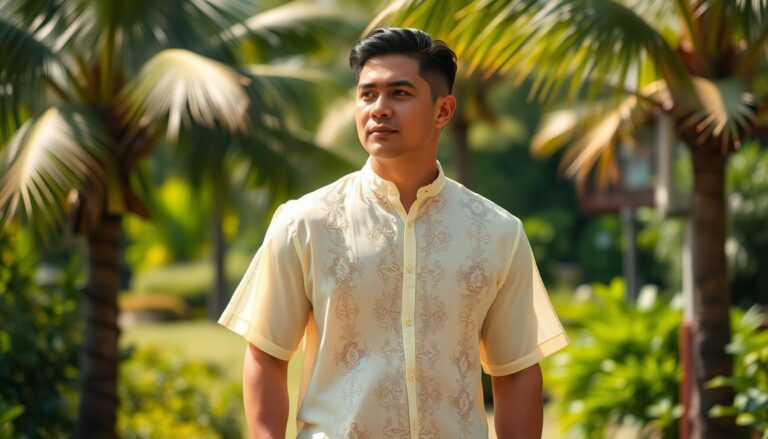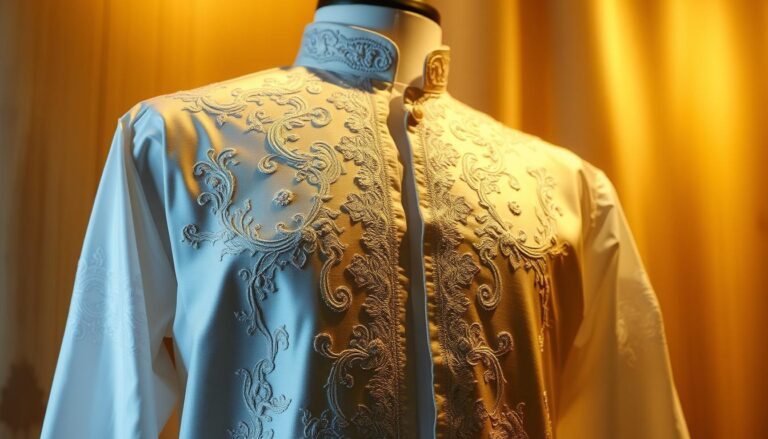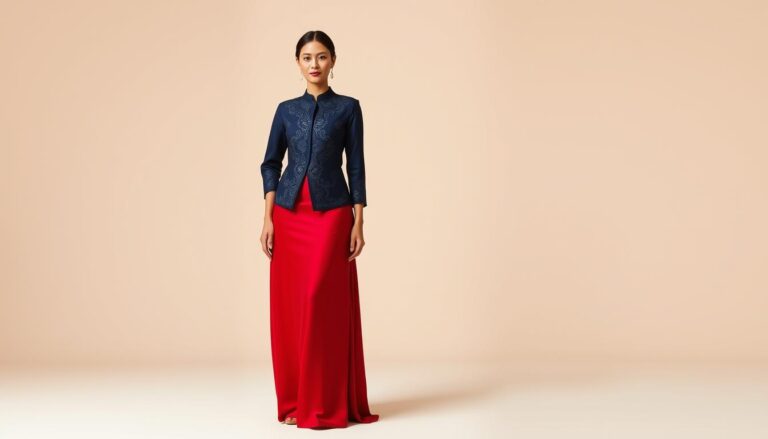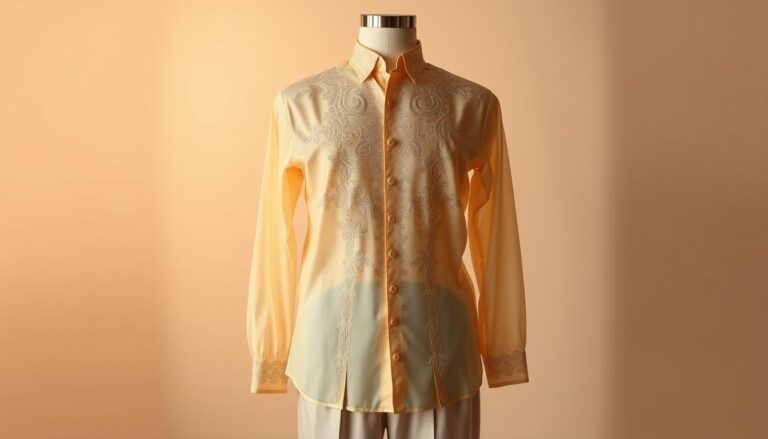Best Occasions to Wear Barong Tagalog & Filipiniana
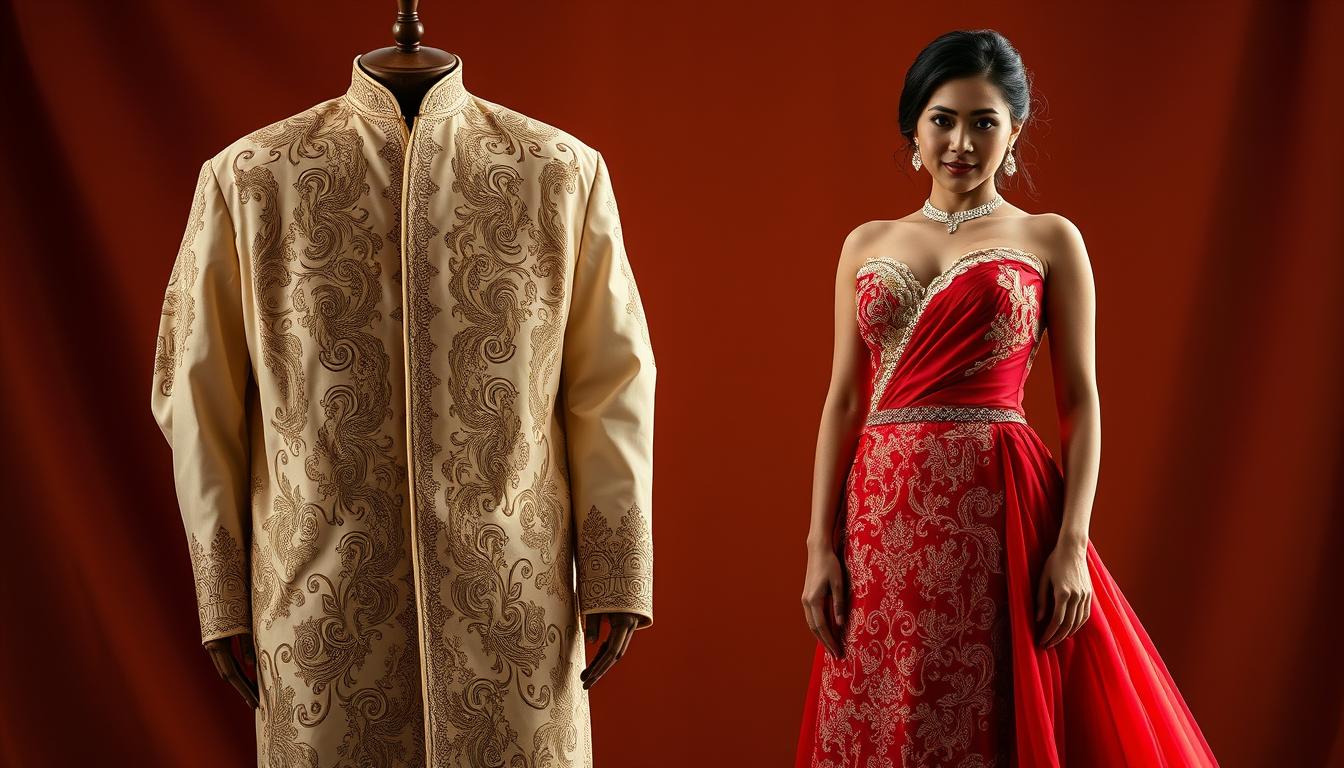
In the Philippines, certain garments carry deep cultural meaning while blending timeless elegance with contemporary style. The translucent, breathable fabric of handwoven pina silk defines one iconic piece, often paired with formal trousers for events requiring sophistication. Similarly, flowing ensembles adorned with detailed embroidery reflect evolving interpretations of heritage designs.
These outfits bridge generations, appearing at milestone gatherings like weddings where families honor tradition. Graduation ceremonies and professional gatherings also provide opportunities to showcase craftsmanship rooted in local materials like jusi and organza. Modern designers now experiment with colors and cuts, making these garments versatile for religious festivals or business conferences.
Understanding when to choose these pieces involves recognizing their symbolic value. Wearing them connects individuals to Filipino identity, whether during Flores de Mayo processions or international cultural showcases. This guide explores how to style them confidently while preserving their artistry through proper care.
Key Takeaways
- Lightweight pina silk and intricate embroidery define these culturally significant outfits
- Ideal for weddings, graduations, business functions, and religious celebrations
- Modern designs offer colorful variations while maintaining traditional craftsmanship
- Proper maintenance ensures longevity of delicate fabrics like handwoven jusi
- Wearing these garments honors Filipino heritage in global or community settings
Embracing the Heritage: The History and Cultural Significance of Filipino Attire
Filipino attire weaves stories of resilience and artistry into every thread. These garments reflect centuries of cultural exchange, with designs shaped by indigenous traditions and colonial influences. Their evolution mirrors the nation’s journey toward preserving identity while adapting to modern aesthetics.
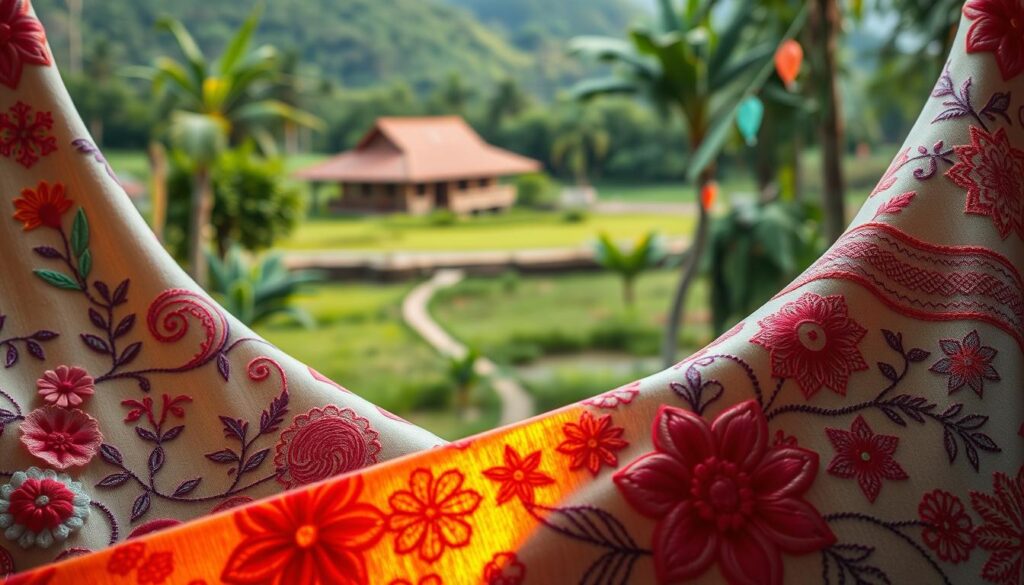
Barong Tagalog: Origins, Materials, and Evolution
The barong tagalog traces its roots to pre-colonial times, crafted from breathable fabrics like abacá and pineapple fibers. Spanish rule introduced subtle changes, such as the untucked silhouette—a distinction from European styles. Today, pina silk and organza remain prized for their delicate texture and durability.
| Traditional Materials | Modern Adaptations |
|---|---|
| Handwoven pina silk | Blended jusi fabrics |
| Abacá fibers | Sustainable polyester blends |
| Natural dyes | Vibrant synthetic colors |
Filipiniana Dress: Tradition, Symbolism, and Modern Revival
Spanish-era filipiniana dress designs merged European silhouettes with local craftsmanship. Butterfly sleeves became iconic, symbolizing grace and cultural pride. Contemporary designers now reimagine these dresses with bold embroidery patterns, ensuring relevance at events like presidential inaugurations and international film festivals.
Both garments showcase intricate embroidery—a language of symbols celebrating nature and folklore. Women have driven the modernization of these styles, pairing them with minimalist accessories for global appeal. From ancestral weddings to UNESCO heritage exhibits, these outfits remain living testaments to Filipino creativity.
Best Occasions to Wear Barong Tagalog & Filipiniana
These iconic garments transform ordinary moments into cultural statements. Their versatility shines across life’s pivotal chapters, blending heritage with personal expression.
Celebrating Weddings, Graduations, and Business Events
A groom’s barong tagalog in pina silk elevates wedding ceremonies with lightweight sophistication. Guests often choose jusi fabric variants for breathability during tropical receptions. Graduates pair embroidered designs with dark trousers, creating polished looks for diploma ceremonies at universities like Ateneo de Manila.
Corporate leaders favor minimalist barong styles for international conferences. “A well-tailored piece commands respect without sacrificing comfort,” notes Manila-based stylist Liza Reyes. Pair with cufflinks and leather shoes for boardroom-ready ensembles.
Honoring Religious and Cultural Celebrations
Families wear coordinated outfits during Flores de Mayo processions, where intricate embroidery mirrors floral motifs. Godparents often choose pastel-toned filipiniana dresses for christenings, symbolizing new beginnings.
- Easter Mass: Crisp linen barongs with mandarin collars
- Fiesta parades: Vibrant geometric patterns on lightweight fabrics
- Ancestral homecomings: Heirloom pieces with hand-painted details
Women style butterfly sleeves with pearl accessories, while men opt for slip-ons matching their trousers’ hue. These choices reinforce cultural pride through every stitch and fold.
Expert Style Tips and Maintenance Advice for Traditional Filipino Garments
Mastering the art of wearing heritage clothing requires balancing tradition with personal style. These garments demand thoughtful coordination and meticulous care to maintain their cultural integrity while adapting to modern design preferences.
Choosing the Right Fit and Fabric for Your Look
Opt for natural fabric like pina or jusi for breathability. A well-fitted barong should skim the body without tightness. Pair with tailored trousers that sit at the natural waistline for a polished look.
Accessorizing: Shoes, Cufflinks, and Embroidery Details
Match leather shoes to your belt for formal events. Gold collar pins elevate simple necklines, while onyx cufflinks add contrast to white dress shirts. For women, pearl earrings complement intricate embroidery without overwhelming it.
| Traditional Styling | Modern Twist |
|---|---|
| Hand-carved abacá buttons | Geometric metal cufflinks |
| Natural fiber slip-ons | Monochromatic leather loafers |
| Floral embroidery shawls | Minimalist metallic belts |
Care, Cleaning, and Preservation Techniques
Always dry clean delicate fabrics to preserve dye integrity. Store clothing in breathable garment bags with cedar blocks. For wrinkles, iron inside-out using low heat. “Never hang heavy accessories on the garment,” advises Manila textile conservator Marco Santos.
Rotate your wear schedule to prevent fabric stress. Spot-clean spills immediately with a damp cloth. When traveling, fold along existing creases and use tissue paper between layers. This way, you’ll maintain both the design and cultural value for generations.
Conclusion
Celebrating Filipino heritage through clothing connects generations while adapting to modern lifestyles. The barong tagalog and its counterpart ensembles carry centuries of artistry in their delicate fabrics and embroidery. From university graduations to international conferences, these garments blend cultural pride with personal style.
Selecting the right piece involves more than fabric choice – it’s about honoring traditions. Lightweight jusi works for tropical weddings, while structured organza shines at formal events. Women often pair pearl accessories with floral patterns, creating balanced elegance. Men achieve sharp looks through tailored cuts and coordinated leather footwear.
Proper maintenance preserves these pieces for future milestones. Dry cleaning protects intricate details, while breathable storage prevents yellowing. Share your styling successes on Facebook to inspire others exploring their heritage. Visit trusted boutiques offering modern interpretations that respect traditional craftsmanship.
Whether attending fiestas or business meetings, these garments make powerful statements. Their evolution from Spanish-era designs to contemporary runway styles proves cultural attire remains timeless. Embrace this living heritage – each wear celebrates Filipino creativity and resilience.

